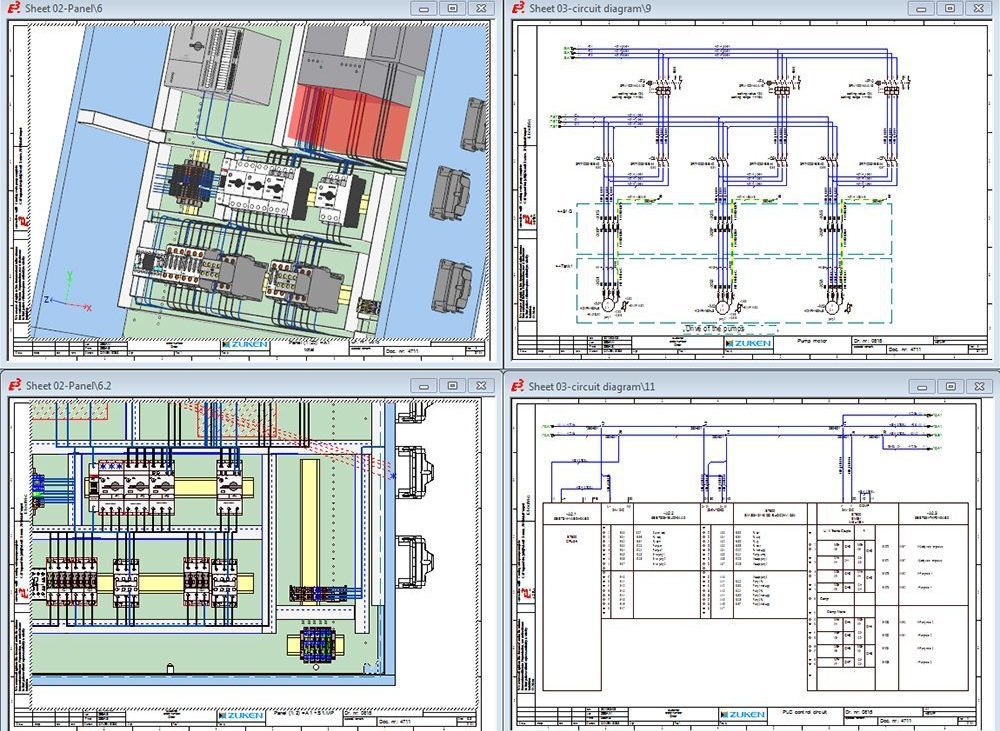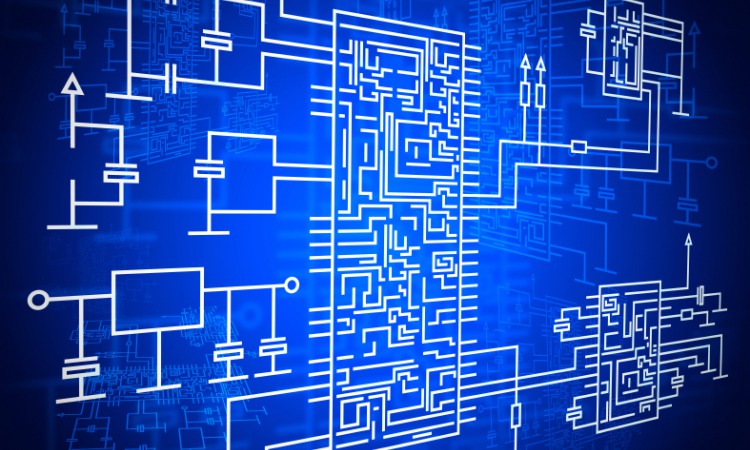Comprehensive Electrical Load Calculation Services for Your Project
Comprehensive Electrical Load Calculation Services for Your Project
Blog Article
Cutting-edge Electrical Design Services for Modern Facilities
The evolution of modern-day facilities demands innovative electrical design solutions that not only improve functional performance but additionally address sustainability challenges. As metropolitan settings grow increasingly complex, incorporating modern technologies such as wise grids and renewable resource sources ends up being critical. These innovations not just guarantee to optimize energy intake however also foster resilience versus future demands. However, the landscape of electrical design is going through fast makeover, motivating a closer examination of emerging trends and their implications for lasting facilities feasibility. What might the future hold for those who embrace these ingenious techniques?
Relevance of Ingenious Electrical Design
Cutting-edge electrical design plays a vital function in contemporary framework, influencing not just efficiency yet also sustainability. As cities advance and the demand for energy rises, the requirement for innovative electrical systems becomes extremely important. These systems have to not only meet present demands however additionally prepare for future development and technological innovations.
A well-executed electric design can substantially decrease energy usage, therefore decreasing functional costs and decreasing ecological impact. By including renewable resource sources, such as solar panels and wind generators, innovative layouts can boost energy freedom and strength. Clever grid innovations allow for real-time monitoring and monitoring of energy distribution, maximizing efficiency and decreasing waste.
Safety and security is another essential element of electric design. Executing sophisticated technologies and extensive requirements can minimize threats connected with electric failures, guaranteeing a safe and secure setting for homeowners and businesses alike. Furthermore, cutting-edge designs promote flexibility, enabling facilities to incorporate arising innovations seamlessly.
Key Fads in Electrical Design
As the landscape of electrical design remains to advance, a number of essential trends are forming the future of the sector. One considerable trend is the assimilation of wise innovation into electric systems. The spreading of the Net of Points (IoT) has actually made it possible for real-time tracking and control of electric devices, boosting performance and assisting in anticipating upkeep.
An additional trend is the expanding focus on modular design. This strategy enables scalable and adaptable solutions, making it possible for framework to adapt to changing demands without comprehensive remodellings. Furthermore, the use of sophisticated simulation tools and Structure Information Modeling (BIM) is ending up being progressively prevalent, simplifying the design procedure and improving partnership amongst stakeholders.
In addition, improvements in products scientific research are causing the development of lighter, more durable, and energy-efficient elements. This innovation is especially important for high-performance buildings and framework jobs.
Last but not least, there is a significant shift towards data-driven decision-making - electrical load calculation. Leveraging information analytics assists designers enhance systems for performance and cost-effectiveness. Together, these patterns represent a transformative era in electrical design, improving performance, sustainability, and durability in contemporary infrastructure
Lasting Energy Solutions
Lasting energy solutions are progressively coming to be an essential focus in electrical design, showing a wider commitment to ecological obligation and resource performance. These services aim to lessen ecological effect while maximizing energy usage in numerous frameworks, from residential buildings to large industrial facilities.
One of the foremost techniques entails the combination of renewable resource sources, such as photovoltaic panels and wind this page generators, right into electrical systems. This not only reduces dependence on nonrenewable fuel sources however additionally enhances energy resilience. Additionally, cutting-edge energy storage systems, such as innovative batteries, make it possible for effective management and circulation of power, guaranteeing that surplus energy generated during top production can be used throughout high demand periods.
Furthermore, energy-efficient design methods are being adopted to enhance overall system efficiency. This consists of making use of energy-efficient illumination, heating and cooling systems, and wise structure innovations that monitor and adapt energy use based on tenancy and environmental conditions.
Smart Grid Technologies
The application of sustainable energy remedies normally leads to the expedition of clever grid innovations, which play a critical duty in modernizing electrical systems. Smart grids utilize progressed interaction technologies and data analytics to improve the integrity, effectiveness, and sustainability of electricity circulation. By integrating electronic technology with conventional grid infrastructure, these systems facilitate real-time monitoring, automated control, and boosted decision-making capacities.
One of the vital features of smart grids is their capability to suit renewable power resources, such as solar and wind power. This flexibility not only minimizes dependence on nonrenewable fuel sources yet additionally enables an extra decentralized power manufacturing model. Furthermore, smart grids enable need action programs, where consumers can adjust their power usage based on real-time pricing, consequently advertising power preservation and decreasing peak load demands.
Additionally, wise grid innovations enhance grid resilience by allowing quicker recognition and resolution of failures, eventually lessening downtime. With anticipating maintenance and analytics, energies can enhance procedures and improve solution shipment. As cities and neighborhoods proceed to evolve, smart grid innovations are essential for developing a reliable and sustainable electrical infrastructure that meets the demands of modern-day society.

Future-Proofing Framework
To make certain lasting practicality and adaptability, future-proofing infrastructure is essential in the rapidly developing landscape of electrical design services. As innovation advances and energy demands shift, it is critical that electric systems are designed with adaptability in mind. This entails including scalable solutions that can suit future upgrades without necessitating considerable overhauls.

In addition, sustainability needs to be a foundation of future-proofed styles. Making use of sustainable energy sources, such as solar and wind, and enhancing energy effectiveness minimize dependency on nonrenewable fuel sources, straightening with global efforts to combat environment click here now modification.
Conclusion
By prioritizing sustainability, effectiveness, and adaptability, these solutions resolve the developing demands of power systems. The integration of clever grid technologies and sustainable energy services improves strength and lowers functional expenses.
A well-executed electric design can considerably reduce power usage, consequently reducing functional prices and minimizing environmental effect. By including eco-friendly energy resources, such as solar panels and wind turbines, cutting-edge designs can boost energy independence and strength. In addition, ingenious power storage systems, such as innovative batteries, make it possible for effective management and circulation of power, making sure that excess energy produced throughout top production can be used during high need periods.
Clever grids allow demand response programs, where consumers can readjust their power use based on real-time rates, consequently advertising power conservation and decreasing peak load needs. (residential electrical design)
As modern technology breakthroughs and energy needs shift, it is critical that electric systems are created with flexibility in mind.
Report this page